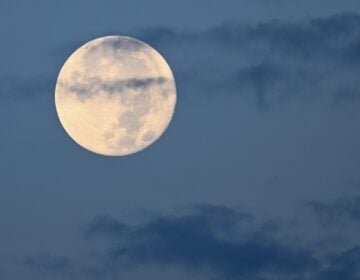Celebrating the 3rd, 4th, and 5th of July
Listen 07:18
Independence Day is sandwiched between the start of the dog days of summer and Aphelion.
The dog days of summer are traditionally the 40 days beginning July 3 and ending August 11 (according to the Old Farmer’s Almanac), which coincide with the morning rise of the Dog Star, Sirius. Ancient Egyptians thought that the “combined heat” of Sirius and the Sun caused summer’s swelter.
Thursday July 5th is Aphelion, when the Earth at its most distant point from the Sun for the year; 94,508,060 miles. Our average distance from the Sun is 92,955,696 million miles.
4th of July Anniversaries:
In 1054 on July 4, the Crab Nebula supernova was first observed and reported by many non-western astronomers. It was so bright that it was visible during the day for three weeks, and finally faded from view two years later.
In 1868 on July 4, Henrietta Leavitt born. Her discovery of the period/luminosity relationship discovery made it possible for Hubble to determine that the universe is expanding.
And for those who are suffering in this summer weather: Be glad you don’t live on Mars, which is currently experiencing a planet-wide dust storm.
Planets available to be seen in the night sky this week; 9:15p, Venus-west, Jupiter-south, Saturn-east, Mars:11:30-East.
WHYY is your source for fact-based, in-depth journalism and information. As a nonprofit organization, we rely on financial support from readers like you. Please give today.




